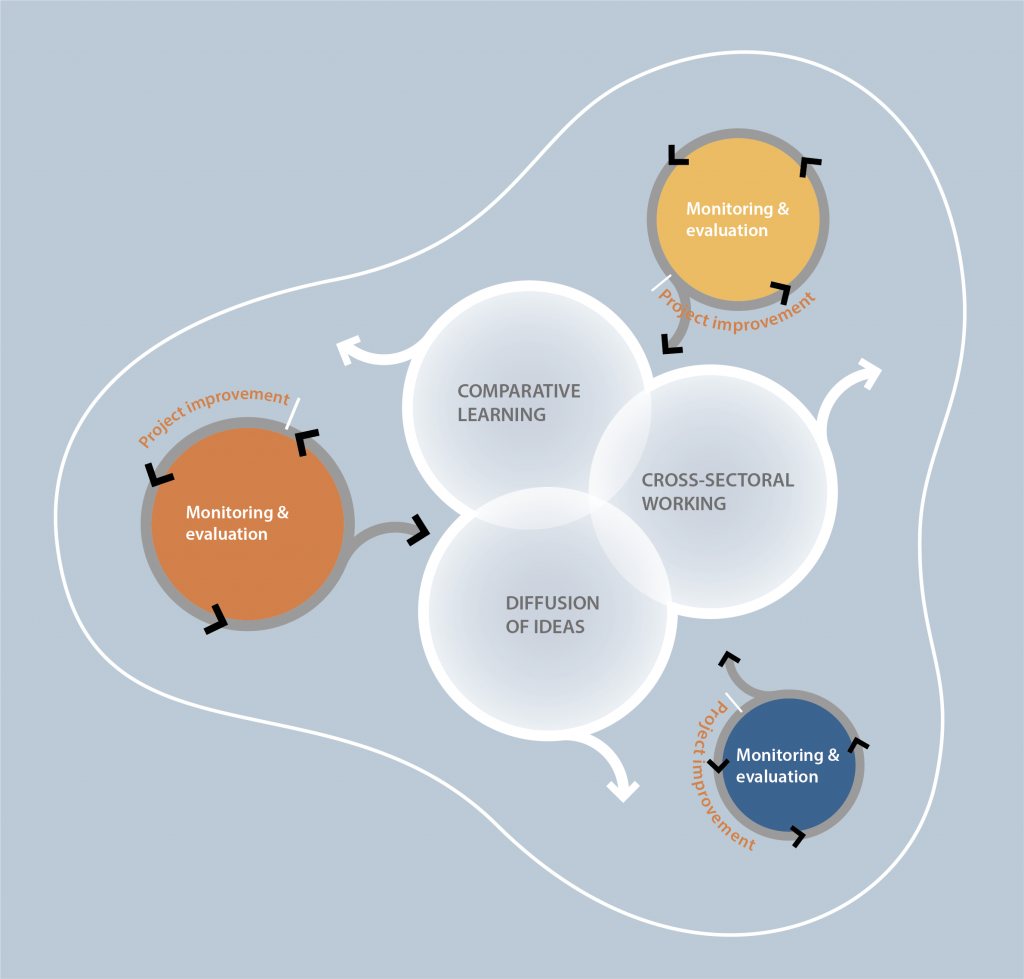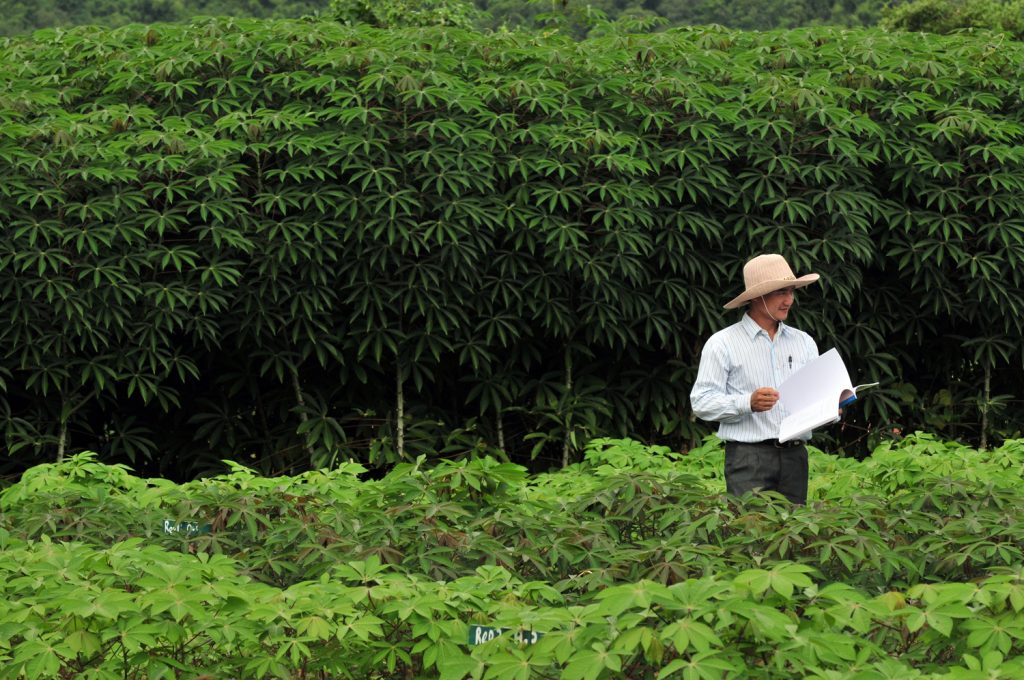It is easy to assume that having a monitoring and evaluation (M&E) system in place is a surefire way to guarantee that we are learning effectively from our climate adaptation efforts. While learning may be implicit in M&E, we need to make a special effort to embed and promote it within our approaches. The urgency of the challenge, the inherent uncertainties associated with climate change, and the context-specific nature of adaptation are important catalysts for improved learning. However, learning may also be (dis)incentivized by power dynamics, institutional structures, and cultures. As recognition of learning within M&E for adaptation grows, we must move from rhetoric to practical action.
As the level of investment in climate adaptation projects and programs has grown, so too has interest in M&E. Over the last decade, there has been an increasing appreciation of the factors that make M&E of adaptation actions challenging, resulting in a multitude of frameworks and methodologies. In turn, there has been more explicit emphasis on learning, and terms such as monitoring, evaluation and learning (MEL) and monitoring, evaluation, accountability, and learning (MEAL) have entered the M&E lexicon.
There are several reasons why learning is now being highlighted. Firstly, time is not on our side; communities, ecosystems, and economies may be irreparably damaged if we invest in ineffective adaptation (or maladaptation) because we are not learning effectively. Learning can strengthen National Adaptation Planning (NAP) processes by fostering the exchange of experience across projects, disciplines, and sectors, and can support the diffusion of new ideas to accelerate effective adaptation (see Figure 1). In doing so, it enables adaptation implementation to be more strategic and less focused on individual projects that are too often delivered in isolation. Continuous learning and re-evaluation can reveal inefficiencies and injustices in the current structures and operations[i] and are therefore key building blocks for transformational adaptation efforts.
Secondly, embedding processes of reflection and learning throughout the lifetime of a project, program, or plan (not only through mid-term or ex-post evaluations) ensures that our adaptation efforts will be more agile and better able to respond to the uncertainties inherent in responding to climate change. It is crucial for adaptation to be responsive to changes in knowledge, context, technology, and values.
“To thrive under conditions of accelerating change you have to be learning all the time.”
Mary Catherine Batesonii
Thirdly, adaptation is context-specific: what works in one place may not work well in another. It is essential that we use M&E to examine not only what works, but in which contexts, for whom, and why? This requires a deeper level of enquiry that goes beyond conventional project M&E, which tends to begin with the questions, “Are we doing what we said we would do and is it working?” By understanding the contexts in which adaptation efforts succeed or fail, we are far more likely to be able support the effective scaling-up of adaptation implementation.
For many practitioners, the value of learning through M&E is clear, but the challenge of what to do in practical terms remains. The following may be useful places to start:
- A critical assessment of what we want to learn is needed before we can consider how we can learn—develop a set of learning questions that MEL systems can feed.
- Understanding who benefits and how is vital. This requires robust stakeholder engagement processes in order to gain a sound understanding of the factors that shape vulnerability, including an explicit appreciation of gender issues, from the outset.
- Safe spaces for reflection should be established within projects and institutions, where different voices are heard, and people are able to express views on what is working (or not) and why. This requires careful consideration of power dynamics, gender issues, culture, and language.
- Donors and implementing agencies must work together to ensure that upward accountability does not become a barrier to learning.
- Applying adaptive management approaches can enable project activities to respond to lessons learned. We need to be flexible enough to learn from the unexpected.
- Theories of change can support this more agile approach but require organizational cultures that support learning.
- It is vital to communicate and share lessons within and beyond the project team in accessible formats and languages.
American actor Alan Alda once said, “Your assumptions are your windows on the world. Scrub them off every once in a while or the light won’t come in.” This is the case with learning—if we simply assume that M&E facilitates effective learning we will likely miss opportunities to learn and fail to apply those lessons to policy and practice. Let’s stop assuming and start learning.
[i] Mustelin J. & Handmer, J. (2013). Triggering transformation: managing resilience or invoking real change? In: Proceedings of transformation in a changing climate conference, 19–21 June 2013, University of Oslo, Norway. ISBN: 978-8-2570-2001-9
[ii] Bateson, M.C. (2004). Willing to learn: Passages of personal discovery. Steerforth Press.

